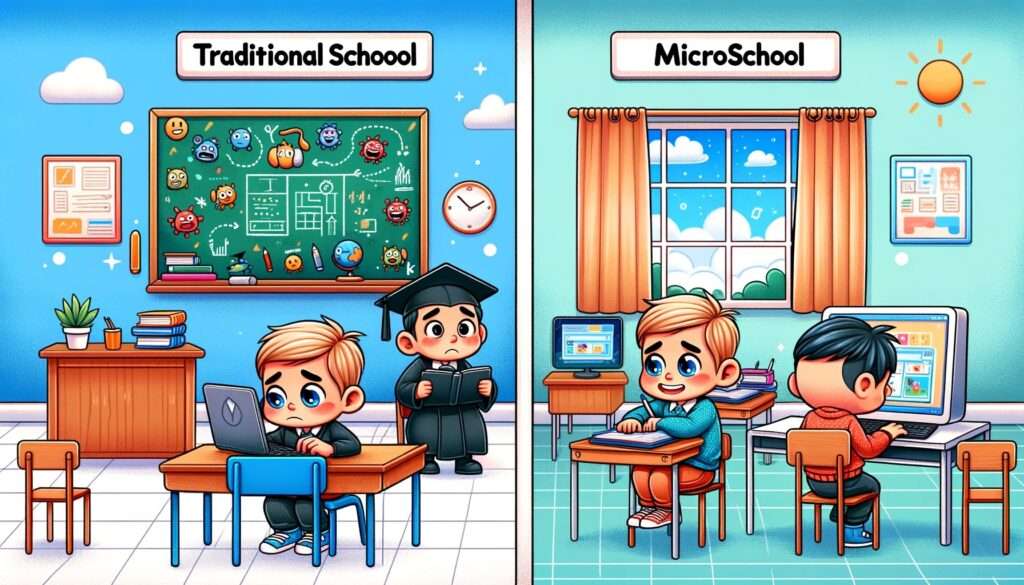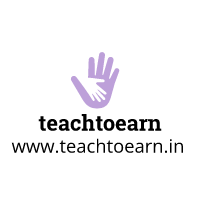In today’s evolving educational landscape, microschools are emerging as a notable alternative to traditional schooling. With their focus on personalized education and small community settings, microschools offer a fresh perspective on how children can learn. This article explores the pros and cons of microschools and traditional schools, providing a comparative analysis to help parents and educators make informed decisions.
Microschools are small, community-driven educational setups, typically serving between 10 to 150 students. They emphasize a personalized approach to learning, tailored curricula, and a close-knit community feel. Often founded by parents, teachers, or educational entrepreneurs, microschools aim to meet the specific educational needs of their students in a flexible and engaging way.

Comparison of Microschools and Traditional Schools
| Aspect | Microschools – Pros | Microschools – Cons | Traditional Schools – Pros | Traditional Schools – Cons |
| Personalization | Personalized learning plans tailored to each student | Variable quality; may not meet all educational standards | may not meet all educational standards Consistent education through an established curriculum | Standardized curriculum; less tailored to individual needs |
| Curriculum Flexibility | Freedom to design flexible and innovative curricula | Limited resources for specialized programs | Access to extensive resources and facilities | Rigid curriculum; less room for innovation |
| Skill Development | Focus on practical, lifelong skills | May lack specialized staff for certain educational needs | Specialized staff and counselors to support varied needs | Heavy focus on standardized testing |
| Community | Close-knit learning environment with strong support | Smaller peer groups; fewer opportunities for social interaction | Diverse social environment with more peer interaction | Larger class sizes; less individualized attention |
| Bureaucracy | Less bureaucratic; allows for quicker decision-making | Might not be widely accredited or recognized | Accredited and recognized, easing higher education applications | Bureaucratic hurdles; slower to implement changes |
| Parental Involvement | Engages parents directly in the educational process | Requires significant parental involvement | Day-to-day parental involvement is less critical | Parents may have limited say in curriculum development |
Choosing the right schooling model is crucial for a child’s development and future success. Each child has unique learning needs, and finding an environment that caters to these can significantly impact their educational experience and personal growth.
Microschools are particularly beneficial for students who thrive in smaller settings and need a more personalized approach to their education. The flexibility in curriculum and strong community support can foster a love for learning and encourage creative thinking. However, parents must consider the availability of resources and the level of involvement required, which can be more demanding than in traditional setups.
On the other hand, traditional schools provide a structured learning environment with access to a wide range of resources and extracurricular activities. They are well-suited for students who benefit from a consistent curriculum and a larger peer group for social development. The standardized education system also ensures that students meet specific educational benchmarks, making transitions to higher education smoother.
Understanding these dynamics helps parents and educators make decisions that align with the child’s educational needs and family circumstances.
Are you interested in the benefits of microschools but concerned about costs? Start your microschooling journey with an affordable PC at subsidized rates from us. Contact us for more information and take the first step towards a personalized education for your child!
